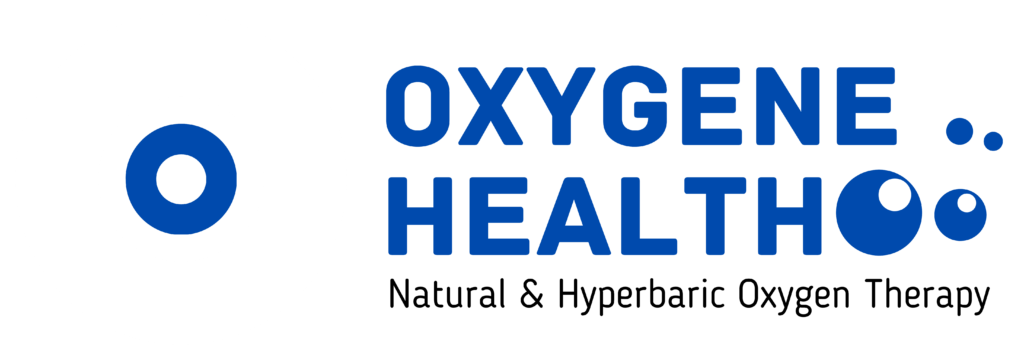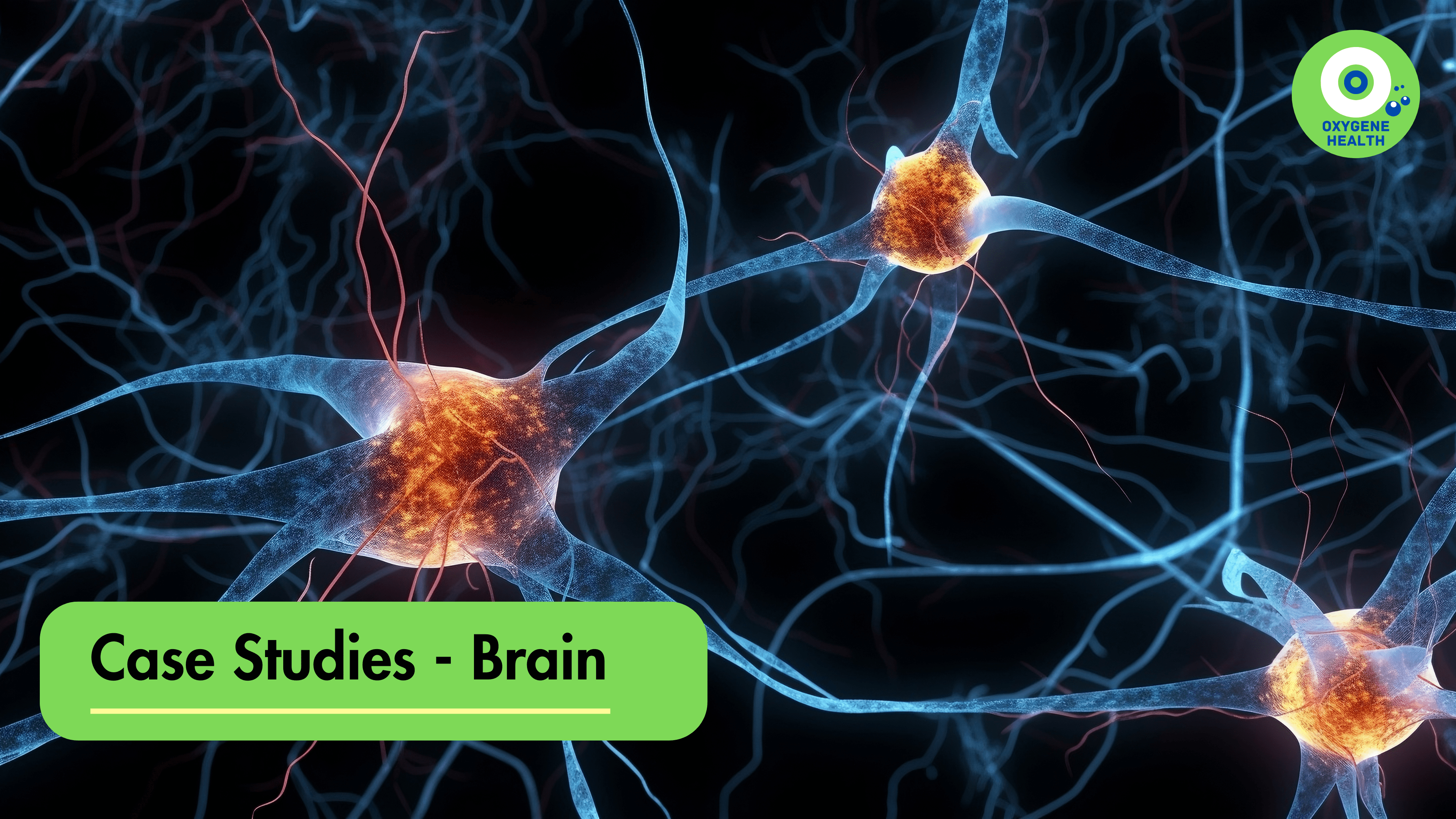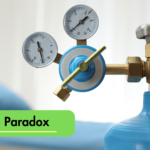Patient Background:
John (Patient Name Changed) is a 65-year-old male who sustained a traumatic brain injury (TBI) following a motor vehicle accident. He presented to the emergency department with loss of consciousness, confusion, and focal neurological deficits. Imaging studies revealed diffuse axonal injury and cerebral contusions consistent with moderate to severe TBI.
Clinical Presentation:
Following initial stabilization and acute management, John was transferred to the neurocritical care unit for further evaluation and treatment. Despite intensive medical intervention and neurorehabilitation, John continued to experience significant cognitive impairment, memory deficits, and motor dysfunction.
Treatment Plan:
Given the challenges in John’s recovery and the limited progress with conventional therapies, his medical team decided to explore hyperbaric oxygen therapy (HBOT) as an adjunctive treatment modality to promote neurological recovery and tissue repair.
Hyperbaric Oxygen Therapy Protocol:
John underwent a series of HBOT sessions, each lasting approximately 60 to 90 minutes, under the supervision of trained medical personnel. He received 100% oxygen at increased atmospheric pressure within a hyperbaric chamber. The treatment regimen consisted of daily sessions over several weeks, with gradual adjustments based on John’s tolerance and response to therapy.
Progress and Outcomes:
Throughout the course of HBOT, John and his healthcare team observed several notable improvements in his neurological status and functional abilities:
- Cognitive Function: John demonstrated enhancements in cognitive function, including improved attention, memory, and executive functioning. He showed greater ability to engage in conversations, follow instructions, and participate in cognitive rehabilitation exercises.
- Motor Recovery: John exhibited progress in motor recovery, with increased strength, coordination, and mobility. He achieved milestones in physical therapy, such as standing with assistance and performing basic functional tasks independently.
- Emotional Well-being: HBOT contributed to improvements in John’s emotional regulation and mood stability. He experienced fewer episodes of agitation and irritability, leading to enhanced social interactions and participation in therapeutic activities.
- Quality of Life: Overall, John’s quality of life improved as a result of HBOT, with enhanced independence in activities of daily living and greater engagement in meaningful pursuits.
Follow-up and Long-Term Management:
Following the completion of HBOT sessions, John continued to receive comprehensive neurorehabilitation, including physical therapy, occupational therapy, speech therapy, and cognitive rehabilitation. Regular follow-up assessments were conducted to monitor his progress and adjust his treatment plan as needed. While challenges persisted, John and his healthcare team remained optimistic about his ongoing recovery trajectory.
Conclusion:
In this hypothetical case study, hyperbaric oxygen therapy (HBOT) emerged as a promising adjunctive treatment modality in the rehabilitation of traumatic brain injury (TBI). John’s experience highlights the potential benefits of HBOT in promoting neurological recovery, enhancing functional outcomes, and improving quality of life for individuals with TBI. However, further research and clinical trials are warranted to elucidate the optimal timing, dosing, and patient selection criteria for HBOT in the management of TBI.







